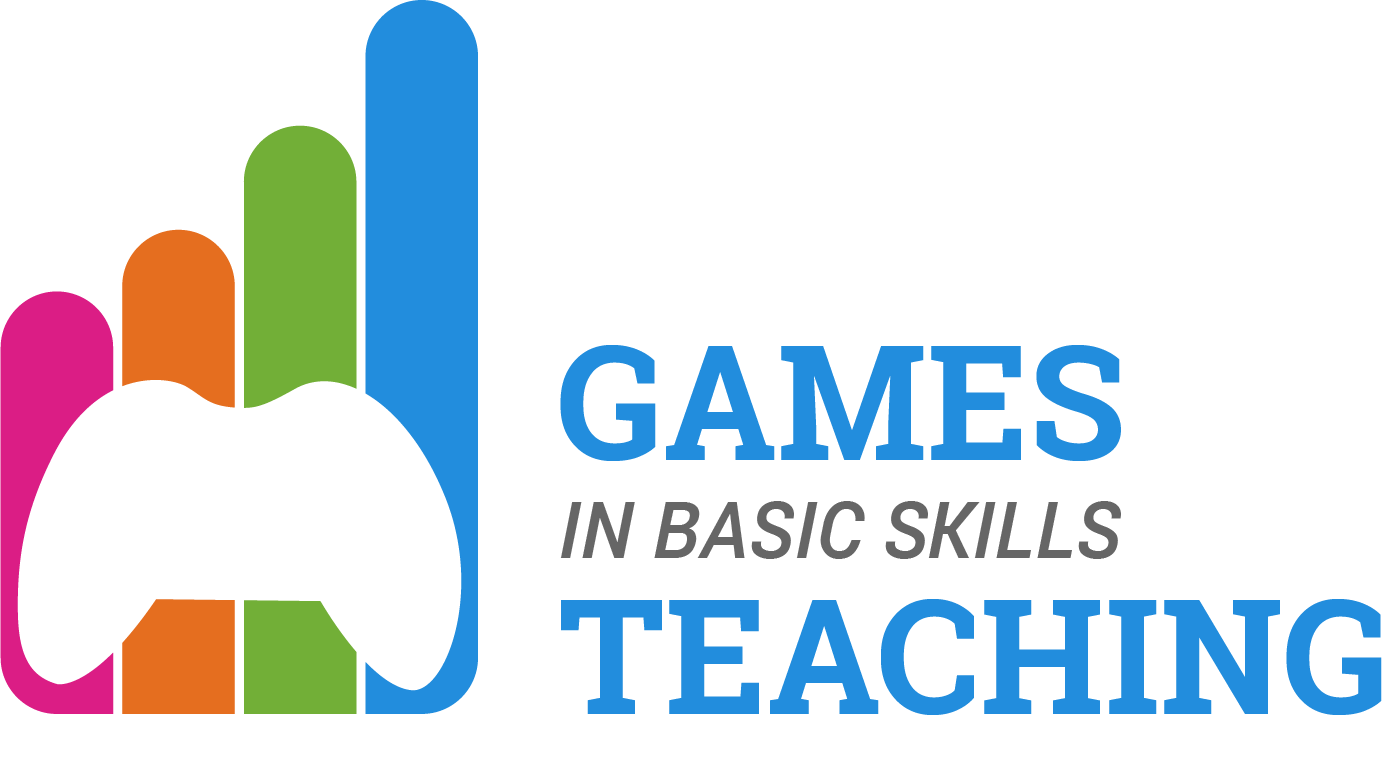About the project
ResultsProject overview
The experience the students and the teachers applying the games had were as diverse as could be, but we think it is fair to say that there was added value for (almost) all of them. For a lot of the teachers and the students, using games in the classroom was a relatively new experience. Depending on the games used, teachers had to rethink their teaching process and sometimes a lot of preparation – technical as well as creating learning designs and getting to know the games – was needed to be able to properly integrate the games in the curricula of the different classes.
The amount of preparation is dependent on which games and which media were used for the teaching. Social and analogue games, like board or card games don’t need much preparation setting up technology to use the games in class. Here, sometimes the only technical setup was used to document the teaching with games like creating videos of the play sessions or doing interviews with the students and teachers before, while and after the sessions. When it comes to using computer games or VR and AR games in class the setup is of course more elaborate. Though, if this technology is available and used in the classroom, it is mostly also used beyond gaming and therefore is already set up and maintained by staff who are proficient in the use and maintenance of this technology already anyway.
One of the major challenges besides the technological aspect of teaching with games is the integration of the games into the curriculum and especially the 45 to 60 minute lesson structure. Games are often not designed to be integrated into such a tight framework time wise and due to that playing them in class requires extra consideration of how to break down the play sessions to an appropriate time frame.
As teaching with games is such a promising field, especially when it comes to teaching Basic Skills and the dissemination of our work is crucial to the success of the project, we considered new means of dissemination to bring our experience to as many people as possible. Therefore, we documented our work on video and did interviews with the teachers and the project partner staff to make it available to everyone. We created a YouTube channel where all of the interviews can be found. Additionally, we added videos to explain the use of games for teaching as well as gameplay videos to demonstrate how the games can be applied in teaching. All of the material will also be presented through social media, as we also created a Facebook and a LinkedIn page for the project to guarantee that everything is publicly available and everyone is able to find what we created in the project. All of the resources are available for free and by this also follow the Open Educational Resources approach. Besides this guidebook, there will also be an open training course available on CANVAS called “Changing the Game” to show how we integrated the games that we used into the teaching of Basic Skills and give advice on how you can do it yourself, if you are interested in doing so. The training course uses this guidebook as a basic resource and follows our final “10 steps to develop your teaching with games”, but it will also work independently.
